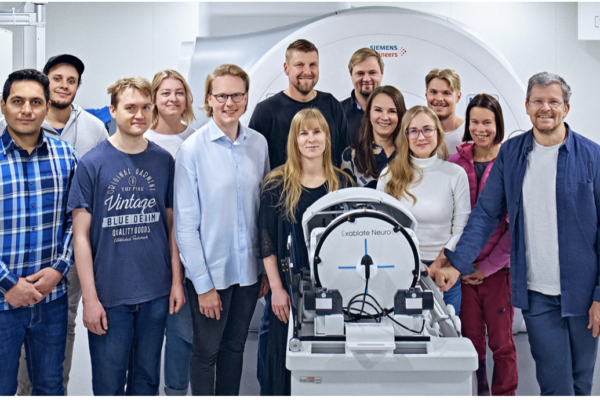Today, there is a huge amount of discussion here in the Nordics on how to mitigate climate change and what new innovative methods are being developed and implemented to reduce the amount of CO2 released into the atmosphere. The purpose of this paper is to set out the main points of Carbon Capture that are being implemented in the Nordics.
One method that is frequently mentioned is Carbon Capture & Storage (CCS) – this refers to capturing all types of carbon irrespective of if it comes from burning fossil fuels or from burning or composting of biomaterials. In the same discussions, Bioenergy with Carbon Capture and Storage (BECCS), and Direct Air Capture (DAC) are often mentioned. The first refers to the use of biomaterials as the source of CO2, and the second is the extraction of CO2 from the air that we breathe.
The various solutions require substantial global resources for research because they involve complex new solutions that have never been tried and tested. Putting carbon down a disused oil well is an expensive and complex challenge, as is putting equipment on top of huge chimney stacks to collect, clean, transport, and store safely or use the liquified CO2.
Storage can take many forms and that leads to many new acronyms. CO2 can be stored deep underground in porous rocks, it can be pumped into empty oil and gas wells, or into mine shafts, all of which need to be carefully sealed to avoid leakage. It can also be stored in naturally occurring porous rocks on the surface, but these rocks are not commonplace.
CO2 can also be mixed under pressure with water heated to very high temperatures and ashes from biowaste to produce materials for building homes and offices where the carbon is stored for decades, if not centuries. Similar mixtures using CO2 that are not based on biomaterials but are from ashes from metal smelting and the like, are being used to produce cement and other materials for road building, bridges, and other outdoor infrastructure constructions.
The research on the above has already been ongoing for decades but had picked up after the Paris Agreement on Climate Change in 2015. All of the Nordic countries have been devoting huge public resources to all of the above – CCS, BECCS and DAC according to each country’s competitive position.

Iceland has huge amounts of naturally occurring ground heat, carbon dioxide, and other toxic gases that belch from the volcanic activity around many parts of the country. They are well positioned to deal with innovative DAC solutions. Islandic researchers have been working with CarbFix and Climate Works(Switzerland) to install the first projects.
Norway and Denmark have oil and gas rigs in the nearby seas and are well positioned for long-term carbon storage. Here Equinor are involved with their own innovations for carbon transport and storage while Cementir and CORT have been developing cement and lime solutions. Both countries, like Sweden and Finland, do excellent research on using carbon for their construction industry and road building, with Cementa AB and Carbonaide Oy, inter alia, creating innovations with reduced carbon emissions.
Sweden and Finland do not have oil or gas rigs, nor do they have many porous rocks. However, they concentrate their efforts of carbon capture because they have heavy industries with many combined power and heat plants that emit CO2 from both fossil fuels and biomass sources. Carbon capture has become an important area of effort.
EU Emissions Trading System (EU ETS) sets the carbon market and mandatory cap to the overall greenhouse gas (GHG) emissions from the power plants, industry factories and aviation sector within the EU. There is now a daily market for the price of a ton of carbon dioxide emissions that varies with demand and supply. It is currently trading around €70 a metric ton.

These carbon emission costs are being used in all the Nordic countries to nudge the private sector to invest in carbon reduction projects. The whole process is slow but moving ahead.
All five countries have projects in the pipeline as can be seen here based on current data from the Global CCS Institute and VTT Research – it appears that Finland is not a member of the CCS Institute and hence another map is presented here.

The Nordics have big investments in manufacturing factories and combined heat and power plants that emit huge amounts of CO2 from biomass like wood from the forests (branches and roots), biowaste from wood production (sawdust, etc), household and commercial biowaste, etc… This CO2 needs to be collected even though most of it is outside the EUs Emission Trading System. At the moment there are plans in both Sweden and Finland to capture their CO2 – the Swedes are currently waiting for a State Aid exception decision from the EU this summer, while the Finns appear to be waiting for more financial support from their government.




